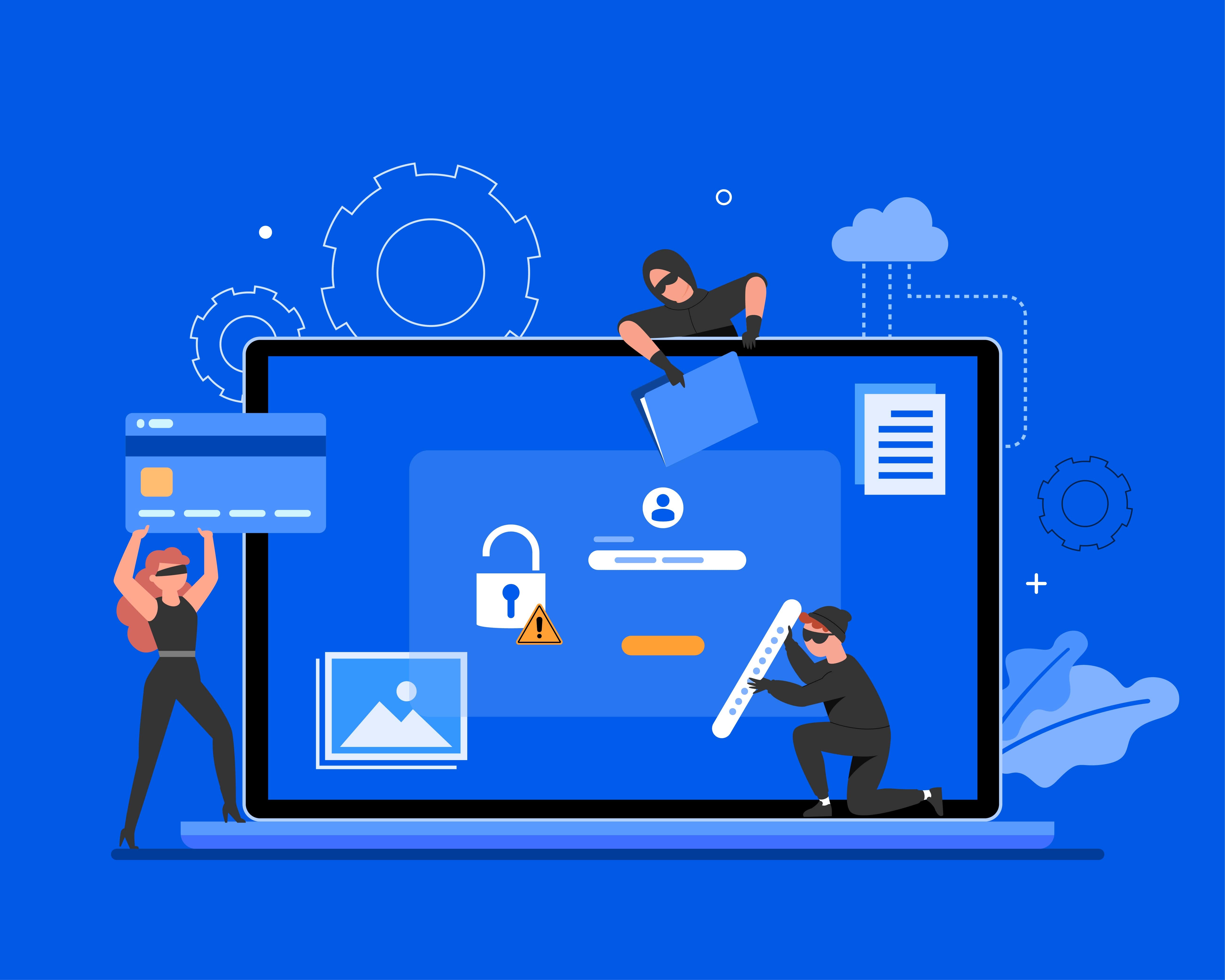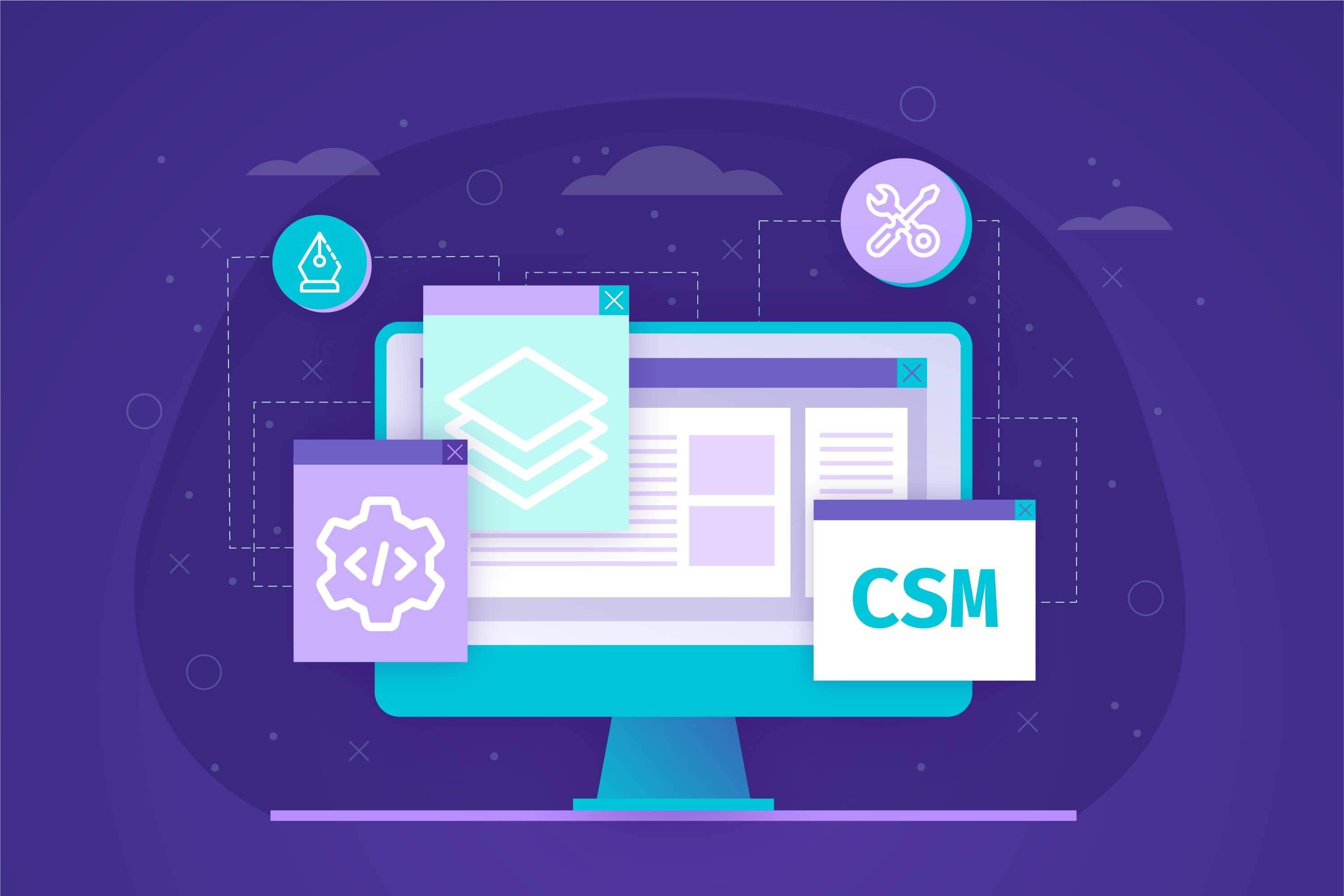
How Do Websites Get Hacked by Cybercriminals?
Have you ever wondered how websites are hacked and what actually happens in the process?
This isn’t just a question posed by tech geeks and cybersecurity experts anymore – in today’s digital age, it’s important for everyone to brush up on their internet security knowledge.
As businesses continue to increase their operations in the online world and the prevalence of hacking incidents grows, more attention should be paid to website security. To get a real idea of just how many vulnerabilities there are on the web, take a look at this list of the top 10 OWASP vulnerabilities being exploited by cybercriminals today.
In this guide, we’re going to begin by walking through common tactics utilized by hackers, look at common software security vulnerabilities, and show you how you can protect and defend your websites from these malicious attacks.
Compromised access control
Website security is of paramount concern for all businesses, regardless of size, industry, or perceived risk level, and the potential for security breaches and compromised access looms large.
Access control, in its simplest form, is the selective restriction to a place or resource like your website or its administrative dashboard. It's like having a digital gatekeeper who verifies the identity of those who wish to enter and denies entry to those who fail to meet certain criteria.
Just as with an actual gatekeeper, a lot of damage can occur if this verification system were to be breached or deceived malevolent actors could gain access to areas they shouldn't.
Hackers these days employ a wide range of tactics to exploit access control mechanisms on websites. In the sections below, we’ll discuss some of the most common tactics in greater detail.
Common tactics utilized by hackers
Brute force attacks
In a brute force attack, hackers use trial and error to attempt to obtain sensitive user information such as their PIN or password. This is done by using automated software to generate thousands of consecutive guesses until they gain access to the system.
For instance, a hacker could use a brute force attack to crack a password by trying every possible combination of letters, numbers, and symbols until they stumble upon the correct one.
Cross-Site Scripting (XSS)
In a cross-site scripting (XSS) attack, hackers can inject malicious scripts and code into various web pages that are opened and viewed by other users.
A common example of XSS is a hacker posting a comment containing script on a webpage. When another user views this comment, the script runs and can compromise their data or alter their view of the site.
Cross-Site Request Forgery (CSRF)
Cross-Site Request Forgery (CSRF), also known as session riding, is an attack that tricks the victim into submitting a malicious request. This is done by using both the privileges and the identity of the victim to perform some undesired action on their behalf.
An example of this would be if a user is tricked into clicking a link while logged into their bank website, leading to a fraudulent money transfer without them knowing that a hacker has access.
Keyloggers and monitoring malware
Keyloggers and monitoring malware essentially serve as “digital spies” tracking a user's input to steal sensitive information. These can capture credit card details, passwords, and other private data.
For example, a keylogger could record the keystrokes when a user logs into their online banking profile, giving hackers confidential login information.
Man in the middle (MITM) attacks
MITM attacks involve the hacker secretly intercepting and potentially altering the communication between two parties who believe they are directly communicating with each other.
An example is a hacker positioned between a user and a Wi-Fi hotspot, monitoring or manipulating the user's online activity without their knowledge.
Social engineering
Social engineering is a strategy where attackers manipulate individuals into divulging confidential information that can be used for fraudulent purposes.
This doesn't always involve technical hacking skills but instead relies on human interaction. Imagine a scam email or call pretending to be from a legitimate company asking for login details or personal data. This tactic preys on human error and trust rather than software vulnerabilities.
What is the hacker’s ultimate goal?
In the grand scheme of cyber threats, hackers have one primary objective – obtaining direct access to your site via legitimate logins.
This access is the key that gives them unhindered access to the core value of your digital fortress – data. Safeguarding your online presence, therefore, becomes a top priority for any business.
By proactively implementing robust security measures, businesses not only fortify their websites against intrusive hacking attempts but also provide reassurance to their clientele that their data is well-guarded against cyber threats.
Consequences of stolen login credentials
When hackers get unauthorized access to login credentials, they essentially gain the same privileges and access rights as the original user.
This access can be exploited in numerous ways. Confidential data such as customer information, financial records, and intellectual property can be accessed, copied, modified, or even deleted. Such actions can not only result in financial losses but also damage a company's reputation, trustworthiness, and credibility.
Software security vulnerabilities
Software vulnerabilities pose a significant risk in the digital landscape, yet they are frequently overlooked due to their seemingly intangible nature. While businesses meticulously take care of physical security, they often struggle when it comes to fortifying their online presence against threats.
Even seemingly insignificant bugs can be leveraged as vulnerabilities. Cybercriminals are adept at searching for and exploiting these hidden points of weakness, whether in plugins or software, and can worm their way into secure systems and web servers through these overlooked opportunities; this allows them to gain access to critical data or wreak havoc on a website's functionality.
In fact, some of the most prevalent website vulnerabilities involve malformed URLs or POST Headers. Cyber intruders can craft malicious URLs or modify POST headers to trick your website into revealing sensitive information or executing unauthorized activities. These types of attacks can lead to anything from data leaks to complete website takeovers and can be prevented by implementing a robust layered security protocol.
Some of the most common security vulnerabilities frequently exploited by hackers include:
SQL injection (SQLi): The SQL injection attack is one of the most common web-hacking methods, where malicious SQL statements are inserted into an entry field for execution. This can lead to unauthorized access to sensitive data such as customer information, personal details, credit card numbers, and more. For example, an attacker can manipulate the login process to gain access to an entire database by injecting malicious SQL code into the username or password field.
Remote code execution (RCE): This is an attack in which an attacker exploits a vulnerability in a system to run arbitrary, malicious code. RCEs can be extremely harmful as they provide the attacker with complete control over the compromised system. A real-world example would be if an attacker discovered a vulnerability in a web application's image upload functionality where they could upload a malicious script disguised as an image file. They could then execute this script remotely giving them control over the server.
Remote/local file inclusion (R/LFI): With these types of attacks, an attacker exploits a vulnerability in a web application to include files from remote or local servers. This allows them to execute code on the server and can lead to data theft or even site takeover.
It’s important to note that vulnerabilities can extend beyond a website itself and even encompass third-party extensions and interconnected technologies.
The key to cybersecurity and protecting your valuable internet data is to recognize that all systems have potential vulnerabilities and then take proactive measures to mitigate them.
Risks of outdated or vulnerable software
If a cybercriminal gains access to a company's website through outdated or vulnerable software, they have the potential to wreak havoc.
They could manipulate or steal sensitive customer data, which can lead to a loss of trust and potential legal repercussions. They could introduce malware or ransomware into the system resulting in costly downtime and potential damage to the company's reputation.
Login credentials can also lead hackers straight into internal systems and databases, which can expose insider information, affect financial records or even enable them to alter the company’s website design and user interface.
All of these are real risks, which is precisely why cyberattacks must be mitigated and prepared for in a proactive manner.
Third-party integrations and services
Third-party integrations are key distribution channels of online services, linking various digital platforms together.
From marketing analytics software to content management systems, these integrations make it easier to run online businesses by offering seamless access between platforms.
While the benefits are clear, integrations also present a real and significant cybersecurity challenge creating potential backdoors that can be exploited to gain unauthorized access to websites. The issue is very similar to leaving your home's backdoor unlocked: although it's convenient, it inadvertently presents an opportunity for ill-intentioned individuals to break in.
Malvertising attacks, a common type of attack on integrations, are initiated when hackers inject malicious code into ads across multiple networks. The hackers masquerade as legitimate advertisers using online advertisements as a vehicle to distribute malware.
When users unknowingly click on these advertisements or visit the compromised site their devices become infected. This form of attack is particularly sinister as it requires little or no interaction from the user and can easily slip past conventional antivirus software.
The main cybersecurity challenge with integrations lies in the lack of control site owners have over third-party providers. Rather than having control themselves, they must place their trust in the security measures of these third parties which may or may not utilize security best practices across the board.
How to protect your website from hackers
Even though the attack vectors on the web are significant, not all is lost. By using tactics such as Defense in Depth principles, multi-factor authentication, firewalls, routine backups, and more, you can keep your site secure.
Here’s how you can protect your website from hackers in the long term.
Follow Defense in Depth principles
The concept of Defense in Depth (DiD) is a strategy borrowed from the military and it applies equally well to a business’s cybersecurity approach. It's about creating multiple layers of defense to thwart any cyberattack.
If an attack bypasses one layer another layer is ready to stop the threat. This approach may include using encryption, running regular security scans, and employing intrusion detection systems.
When combined with other security measures, following DiD principles significantly lowers the risk of a successful attack.
Lean on the Least Privileged best practice
Least Privilege is a security principle that involves giving users or processes the minimal level of access – or privileges – necessary to perform their functions.
This approach reduces the potential for damage should an account become compromised. In other words, it minimizes the “attack surface” available to a potential hacker.
This means if an employee only needs access to a specific set of files they don't have administrator rights that could potentially be exploited by malware or a hacker.
Use multi-factor and two-factor authentication
Adding an extra layer of security through multi-factor or two-factor authentication (MFA or 2FA) can significantly boost your website's security.
2FA requires users to confirm their identities through two pieces of evidence: something you know, like a password, and something you have, like a mobile device. MFA adds another level of proof to this process.
Get a website firewall
A web application firewall (WAF) filters the incoming and outgoing website traffic, blocking hacking attempts and malicious code.
By using a WAF, you significantly decrease the chance of SQL injections, Cross-Site Scripting (XSS), and other dangerous attacks. WAFs are particularly useful for businesses looking to achieve PCI DSS compliance since having a firewall is one of its requirements.
Routinely backup your website
Just like saving important documents routinely, backing up your website for protection against website hacking is essential. Whether it's due to ransomware, human error, or hardware malfunction, losing your website data can be disastrous.
Scheduling frequent backups protects you from these threats and makes sure you can quickly restore your site to its normal functionality if the worst occurs.
Leverage search engine reports
Search engines like Google and Bing provide security reports for your website. These reports can show you if your website is being penalized for malware or spam, and they can also provide insights about the security of your site.
Regularly reviewing these reports can help you spot and resolve potential problems before they escalate and spot a hacked website early.
Get peace of mind with SiteLock
It’s clear that cyber threats to businesses are more advanced and sophisticated than ever before.
Whether it's malware, DDoS attacks, or phishing scams, there's a potential cyber threat around every corner. No business, and especially no eCommerce platform, can afford to take these risks lightly.
With SiteLock's comprehensive website security plans, you're not just securing your online presence —you're also protecting your credibility, your customers, and your business's future.
SiteLock's Malware Scan and Removal service consistently checks and disinfects your websites for harmful content, while the web application firewall stands guard, filtering out hacking attempts and malicious code. With SiteLock's Website Backup Services, you'll never have to worry about ransomware, hardware issues, or human errors.
Think your site has been hacked? See our hacked website repair services.
Image by Mohamed Hassan from Pixabay





